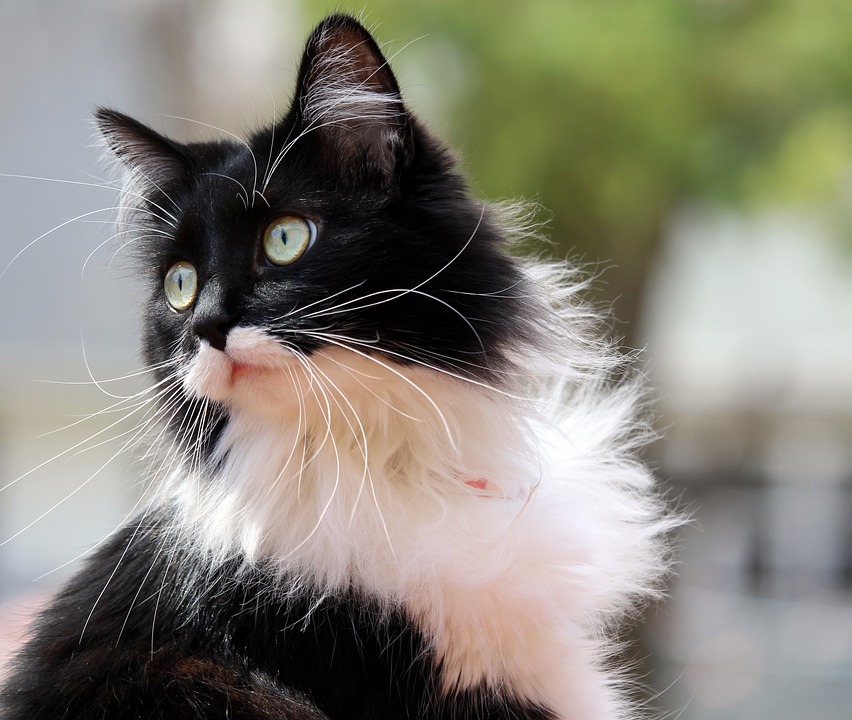Feline Upper Respiratory Infections (URIs) can be a common and frustrating issue for cat owners. Not only do these infections cause discomfort for our furry friends, but they can also lead to more serious health risks if left untreated. In this comprehensive guide, we will explore effective preventive measures and management strategies for feline URIs, as well as address frequently asked questions surrounding this topic.
Understanding Feline Upper Respiratory Infections
To effectively prevent and manage feline URIs, it is important to first understand what they are and how they are caused. Feline URIs are contagious respiratory infections that affect a cat’s upper respiratory system, including the nose, throat, and sinuses. They are typically caused by a combination of viral and bacterial pathogens, with the most common viruses being feline herpesvirus and feline calicivirus.
Identifying the symptoms of feline URIs is crucial for early detection and treatment. Common symptoms include sneezing, coughing, nasal discharge, congestion, fever, loss of appetite, and lethargy. If you notice these symptoms in your cat, it is important to consult with your veterinarian for an accurate diagnosis and appropriate treatment.
Preventive Measures for Feline Upper Respiratory Infections
Prevention is key when it comes to feline URIs. Here are some preventive measures you can take to reduce the risk of your cat contracting an infection:
1. Vaccinations: Vaccinations are the first line of defense against feline URIs. Ensure that your cat is up to date on their vaccinations, including the core vaccines that protect against common viral pathogens.
2. Maintaining a Clean and Stress-Free Environment: Regularly clean your cat’s living space to minimize the presence of infectious agents. Additionally, minimizing stress in your cat’s environment can help boost their immune system and reduce the risk of infection.
3. Proper Nutrition and Hydration: A balanced diet and access to clean water are essential for a strong immune system. Ensure that your cat is receiving a nutritionally complete diet and is properly hydrated to help prevent infections.
4. Isolation and Quarantine Protocols: If you have multiple cats, it is important to isolate any sick cats to prevent the spread of infection. Quarantine protocols should be implemented when introducing new cats to the household to minimize the risk of introducing pathogens.
5. Regular Veterinary Check-ups: Regular veterinary check-ups are essential for maintaining your cat’s health. Your veterinarian can assess your cat’s overall health and provide recommendations for preventive measures specific to your cat’s needs.
Managing Feline Upper Respiratory Infections
If your cat does contract a URI, prompt management is crucial to reduce the severity and duration of the infection. Here are some management strategies you can implement:
1. Veterinary Intervention: Consult with your veterinarian for an accurate diagnosis and appropriate treatment options. They may perform tests to identify the specific pathogens causing the infection and prescribe medications accordingly.
2. Medications and Supportive Care: Your veterinarian may prescribe antiviral or antibiotic medications to treat the infection. Additionally, supportive care such as nasal decongestants, humidifiers, and steam treatments can help alleviate symptoms.
3. Providing a Comfortable Environment: Create a warm and comfortable environment for your cat to aid in their recovery. Provide soft bedding, a quiet space, and ensure that their living area is clean and free from irritants.
4. Encouraging Appetite and Hydration: URI symptoms can often cause a loss of appetite and dehydration. Offer your cat enticing and easily digestible foods, as well as fresh water to encourage them to eat and drink.
5. Isolation and Preventing Spread: Keep your infected cat isolated from other cats to prevent the spread of infection. Wash your hands thoroughly after handling the infected cat to minimize the risk of transmission.
Frequently Asked Questions (FAQs)
To address common concerns surrounding feline URIs, we have compiled a list of frequently asked questions:
1. What are the most common symptoms of a feline upper respiratory infection?
2. Can feline upper respiratory infections be prevented entirely?
3. How contagious are feline URIs, and how can I prevent transmission to other cats?
4. What treatments are available for feline upper respiratory infections?
5. Are there any home remedies or over-the-counter medications I can use to manage my cat’s URI?
6. Can feline URIs be passed on to humans?
7. How long does it take for a cat to recover from a URI?
8. Should I keep my cat isolated during the recovery period?
9. Can feline URIs recur?
Conclusion
By implementing preventive measures and promptly managing feline upper respiratory infections, you can significantly reduce the risk and severity of URIs in your cat. Regular veterinary care, vaccinations, and maintaining a stress-free environment are crucial to keeping your feline companion healthy. If you suspect your cat has a URI, consult your veterinarian for an accurate diagnosis and appropriate treatment. With proper care and attention, you can help your cat recover from a URI and prevent future infections.








